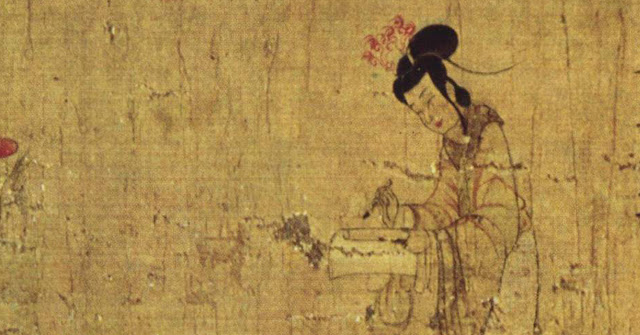King Agesilaus II was a king of Sparta from around 400 BCE until his death in 360 or 359 BCE. A brilliant military strategist and a model of the Spartan way of life, King Agesilaus was remembered as one of his country’s better kings. He had such an active spirit that, even in his final years, the elderly Spartan king could be found campaigning in foreign lands.
In 360 BCE, when the king was over eighty years of age, Agesilaus II accepted a military contract from a pharaoh of Egypt. The contract quickly proved to be more complicated than it originally seemed. According to Plutarch, Egypt erupted into a civil war not long after Agesilaus’ arrival. Nectanebis, a cousin of the pharaoh, rebelled in hopes of seizing the throne for himself. In addition, there was an unnamed third claimant who originated from the region of Mendes. Ultimately, Agesialus II brought his mercenaries over to the side of Nectanebis and the two holed up their forces in an undisclosed walled city. While they were waiting, Agesilaus and Nectanebis were besieged by the army from Mendes, which was supposedly much larger than what was guarding the city. As the defending garrison watched the besieging army begin to dig a series of trenches around the city, the morale of the troops quickly started to fall. Yet, Agesilaus had a plan to keep his warriors in the right state of mind.
There is a story about this event in the Sayings of the Spartans, a collection of witty Spartan verbal jibes or actions, presumably collected by Plutarch (c. 50-120) while he was researching the kings of Sparta. The sayings are often considered to be more folklore than historical record, and Plutarch even left the following episode out of his final Life of Agesilaus. Nevertheless, the tale is an interesting piece of additional information, and also gives an example of the craftiness that Agesilaus was said to have wielded. So, as always with ancient stories, enjoy the tale, but treat its historical accuracy with caution.
According to the Sayings of the Spartans, when King Agesilaus and his mercenaries were besieged by the army from Mendes, the Spartan king ordered an animal sacrifice to be performed in order to determine the gods’ favor. He had a practitioner of heptoscopy (divination based on examining livers) extract the liver of the sacrificed animal. Before the organ was ever removed, the king had already ensured that it would be a favorable omen. According to the tale, Agesilaus preemptively inked the word “victory” in reverse on the inside of his hand. When the diviner passed the liver to the king, the ink from his hand transferred the to the liver, unmistakably stamping it with the victorious word. With his clever con complete, King Agesilaus II triumphantly showed his troops the miraculous sign of the gods’ support for their cause. With his army thus inspired, Agesilaus was able to break through the siege and defeat the army from Mendes.
If you would like to read a fuller account about the Egyptian civil war between the pharaoh, Nectanebis and the army from Mendes, click HERE.
If you are curious about more kinds of divination, read our article on the subject, HERE.
Written by C. Keith Hansley.
Picture Attribution: (Illustration from the 1897 Bible Pictures and What They Teach Us, by Charles Foster, [Public Domain] via Creative Commons).
Sources:
- On Sparta (Life of Agesilaus and Sayings of the Spartans), by Plutarch excerpted from his Parallel Lives, translated by Richard J. A. Talbert. New York: Penguin Classics, 2005.









